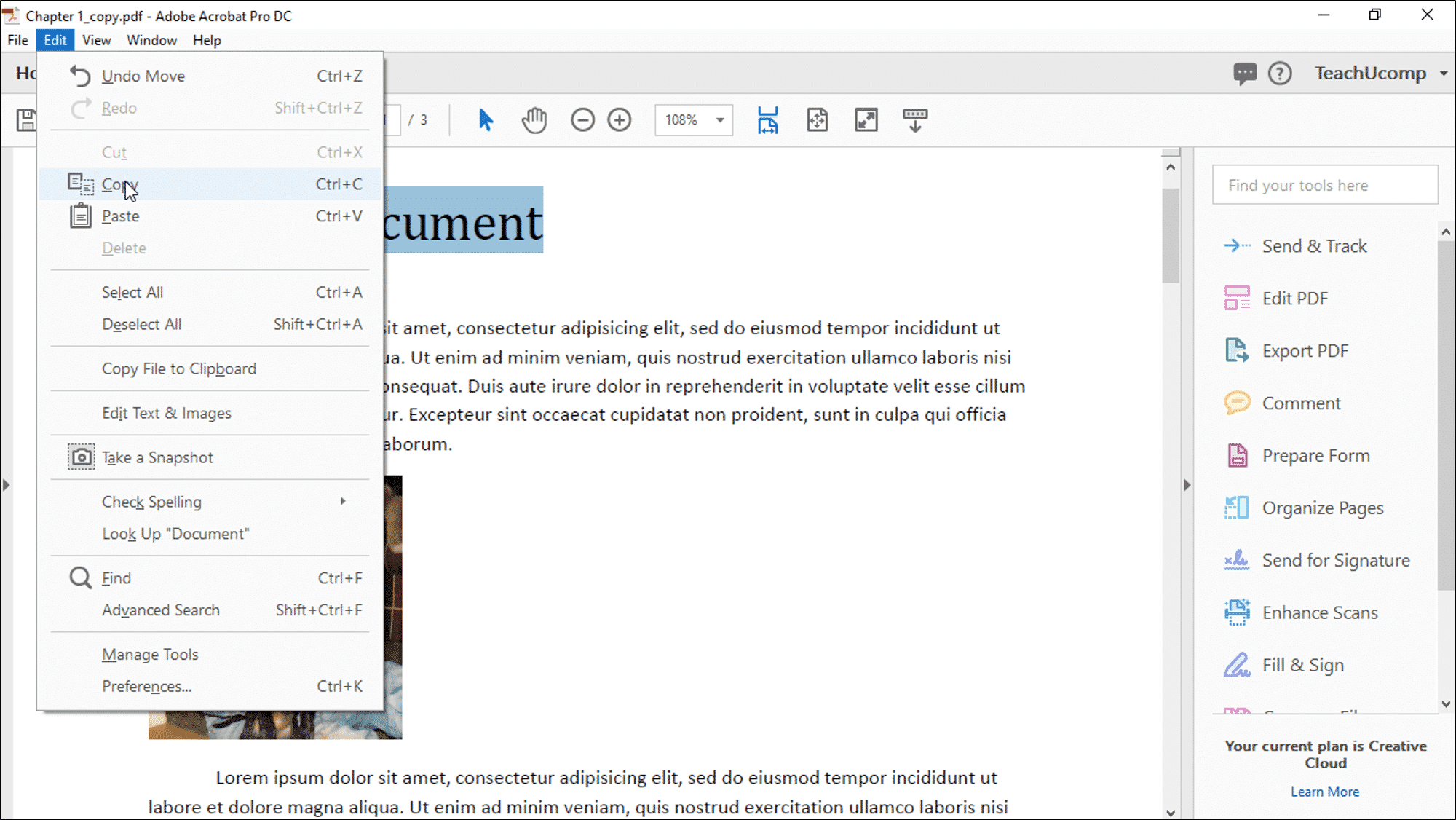


The Properties dialog box for the markup you selected appears. Right click the markup icon you wish to modify » select Properties. These instructions use the example of working with a Sticky Note. Repeat step 1 until you achieve the desired effect.Īvailable options will vary depending on the markup you are working with. HINT: Connector lines still only appear when the cursor is placed over the markup. Shows the connector lines between markups and respective pop-up notes. Shows only comments that have been given a certain status (e.g., approved by another user or canceled).Īllows you to show comments according to whether they are checked or unchecked. HINT: When all comments are hidden, this option changes to Show All Comments.Īllows you to show only comments of a particular type (e.g., stamps or text editing markups).Īllows you to show only comments by a specific reviewer. HINT: When the Comments List is visible, this option changes to Hide Comments List. Opens a panel beneath the document containing all comments for the document. NOTE: An option is selected if a checkmark appears before it. On the Comment & Markup toolbar, click Show » select the desired option. NOTE: If the Comment & Markup toolbar is not visible, from the View menu, select Toolbars » Comment & Markup. The Show tool on the Comment & Markup toolbar allows you to see only desired comments and comment properties. For more information on the Comment and Markup tools, please refer to Using the Comment and Markup Tools and Using the Text Edits Tools. It also explains how to move, resize, and delete markups. This document explains how to use the Show tool and how to modify markups. Markups are useful for making comments that you do not want to appear on the published PDF file. PDF markups are meta-notes indicating editing requirements, confirmation, and other transactions. This article is based on legacy software. (Legacy) Adobe Acrobat 9 Pro: Annotating a PDF File: Working with Markups


 0 kommentar(er)
0 kommentar(er)
